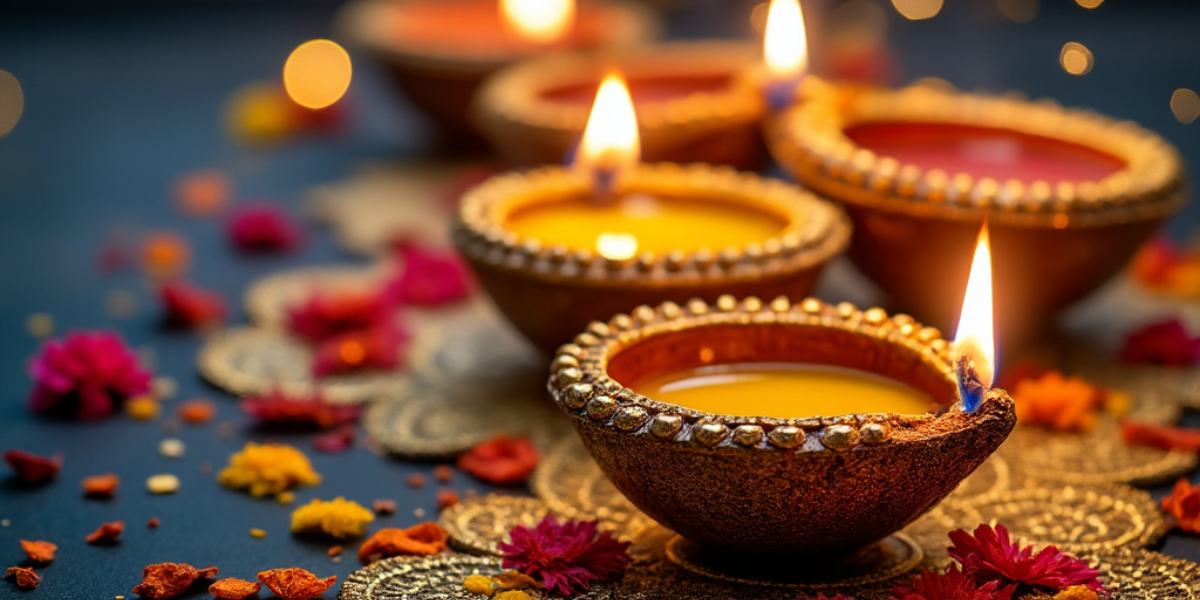The tradition of bursting firecrackers during Diwali significantly contributes to air pollution, leading to respiratory issues like asthma and bronchitis. This year, individuals recovering from COVID-19 face heightened risks due to compromised lung function and increased pollution
Published Oct 31, 2024 | 8:05 AM ⚊ Updated Oct 31, 2024 | 8:05 AM

Celebrating Diwali safely
Deepavali, the festival of lights, is a time of joy and celebration for communities across India. This year, Deepavali falls on Thursday, 31 October, for some and for others Friday, 1 November.
While the festivities are marked by vibrant decorations and the illumination of homes, they also bring significant health concerns, particularly related to respiratory diseases.
The bursting of firecrackers, a longstanding tradition during Deepavali, is a major contributor to increased air pollution, which can lead to various lung and respiratory issues, including asthma, allergic rhinitis, lung fibrosis, and bronchitis.
The risk is particularly acute this year as many individuals recovering from COVID-19 already have compromised lung function, making them more vulnerable to the harmful effects of air pollution.
Common symptoms that may arise due to pollution or signal a respiratory ailment include:
To protect our lungs this Diwali, health experts advise taking precautions. Dr. Visweswaran Darisetty, a Hyderabad-based pulmonologist, emphasises, “First of all, I suggest you don’t burn firecrackers. I know that’s not possible for everyone. However, individuals with pre-existing respiratory conditions should stay indoors and limit their exposure to smoke.”
He further recommends avoiding the lighting of candles and diyas indoors and using masks if smoke from outside infiltrates the home. “If you have access to an air conditioner, try to turn it on,” Dr. Darisetty added.
For those who still wish to enjoy firecrackers, Dr. SB Raju, another pulmonologist from Hyderabad, suggests keeping masks handy. “The zeal for burning firecrackers is within all of us, but we must prioritise our health. Wearing an N95 mask can significantly reduce the risk of asthma attacks by filtering out harmful fumes.”
Doctors also urge individuals with respiratory issues to keep their physicians’ contact information readily available for emergencies.
To minimise pollution, there are now eco-friendly options available, such as green crackers, which can help lessen the environmental impact of Diwali celebrations. Additionally, the use of air purifiers at home can make indoor air more breathable, and eco-friendly diyas can contribute to reducing pollution.
Wearing protective eyewear is also recommended to shield eyes from harmful fumes and particles released during celebrations.
As we enjoy the festivities, it’s crucial to prioritise safety:
Also Read: Another Theyyam season awakens in Malabar
(Edited by Ananya Rao)
